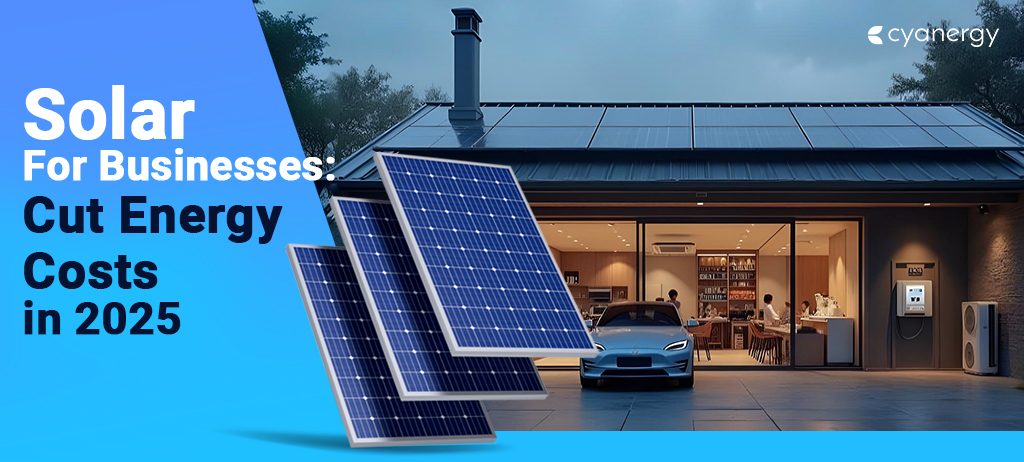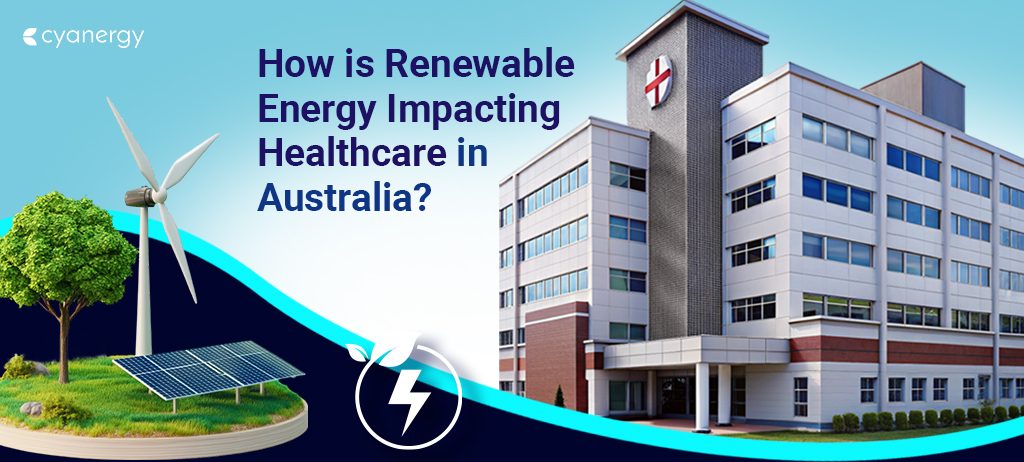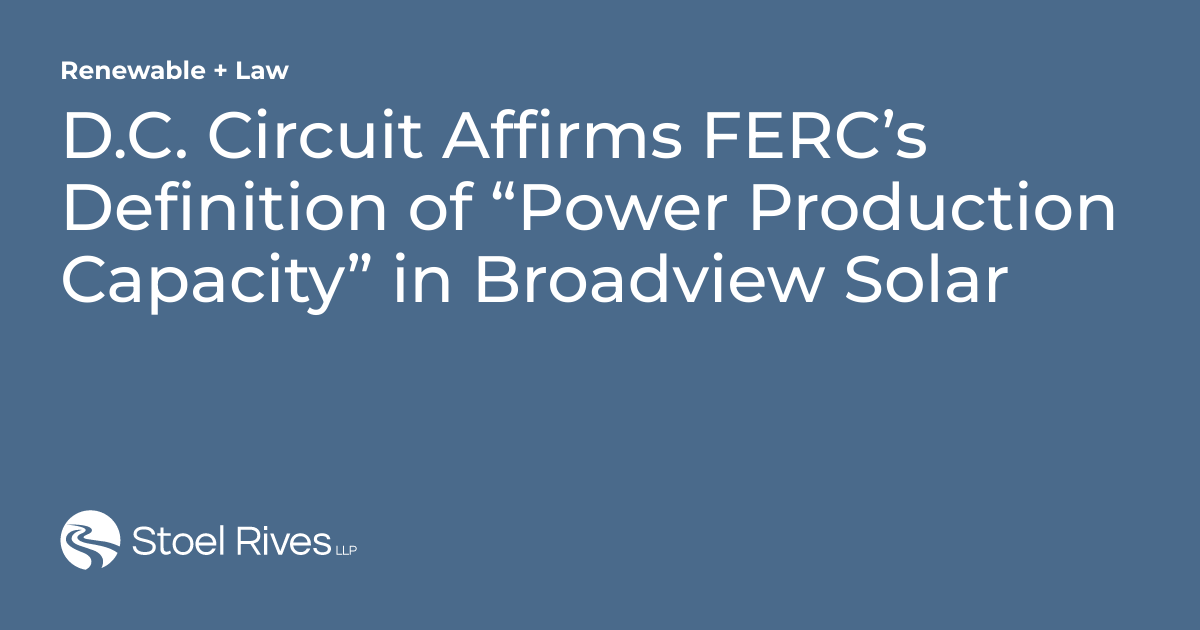Commercial solar power uses solar photovoltaic (PV) technology, which involves installing solar panels to turn sunlight into electricity. Rooftop solar is one of the most popular options for businesses looking to adopt solar power as it’s more cost-effective and solar helps to lower energy costs and reduce their environmental impact.
Commercial solar systems are larger than residential ones and can produce more energy. For example, a typical residential solar system in 2025 is around 6kW-13kW.
In contrast, commercial systems come in various sizes from 20kW-500kW, there are sizes available for small businesses to large.
Since commercial systems are bigger, they can accommodate more panels and generate more electricity, which is especially useful for businesses with higher energy needs or large rooftops.
However, commercial solar systems also come with higher installation costs and more complex setups compared to residential systems.
This is mainly due to the grid connection process and the need for special protection units if the system exceeds 30 kW of inverter capacity.
Recent advancements in solar PV technology have made commercial solar cells much more efficient. For example, Australian companies have developed some of the world’s most efficient commercial solar cells, with efficiency rates between 22% and 25% just ten years ago. This means businesses can now generate even more power from their solar systems.
Understanding commercial solar power means knowing the differences between residential and commercial systems. Factors like system size, energy output, and improved solar cell efficiency help businesses make informed decisions about using solar energy to meet sustainability goals and reduce costs.
The benefits of commercial solar power are clear: significant savings on energy bills, a reduced environmental footprint, and even a potential increase in property value, providing long-term returns on investment.
In some cases, any extra energy generated by the solar system can be sold back to the grid, allowing you to earn money through feed-in tariffs.
Feed-in tariffs are payments offered by energy providers for the electricity that your solar panels produce and send back to the grid.
This is an excellent way for businesses to not only save on energy bills but also earn extra income. Depending on the tariff rates in your area, this can add up to significant savings and revenue.
To ensure your solar system lasts and performs well, it’s important to choose the right equipment and work with a reliable solar installer.








Leave a Reply